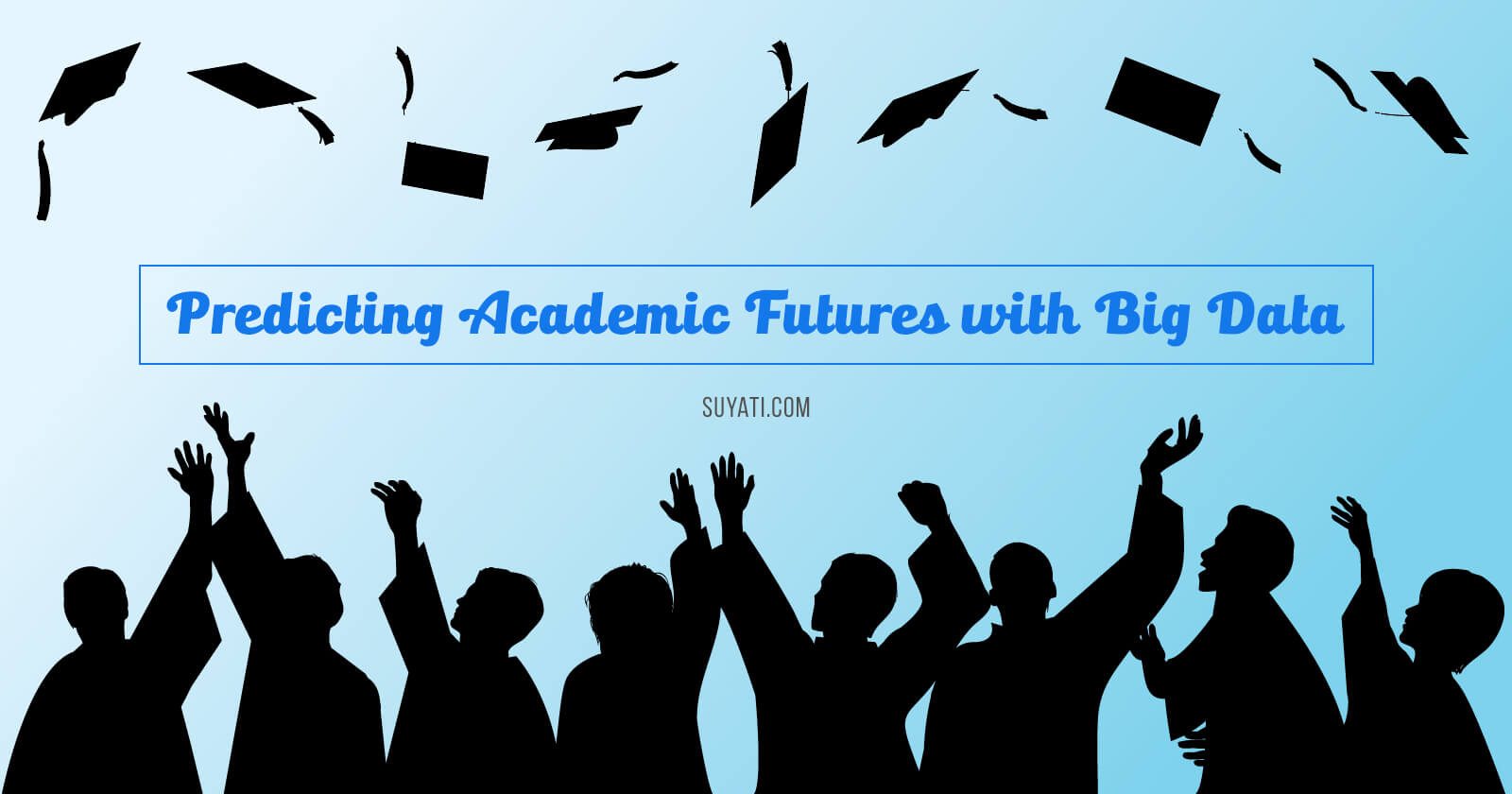
College education fee across the world, fluctuates greatly. In Mexico, it can cost up to $5,000 while in Japan it can be $11,800. College education costs the greatest in USA, which can vary from $13,800 to up to $20,000 in private institutions.
Yuritzy Ramos, a writer at BorderZine reported the trend among college students to change their major subject whenever they realize they are passionate about something else. However, can our pockets carry the burden of passion? Is it possible to predict the subject of your interest or what would suit you the most in the long-run? Yes, with Big Data one can get the answer with predictive analytics.
Previously, college counselors were allotted to guide students to make the right decisions about their long-term education plan and eventually, career. The biggest challenge in this case is, the unexpected changes that might occur in a student’s inclination.
How does Big Data do this?
With Big Data, colleges have holistic access to the student’s capacities. They can track the academic performance, social interests and work experience/recommendations of the students. This data can be used primarily to admit a student to a major that syncs with her aptitude. Besides this, Big Data suggests, which college would best suit a student’s aptitude. Thus, for instance, the city of Manchester scanned through over 500,000 LinkedIn profiles to discover the talents and competencies in demand within Greater Manchester. Another case study revealed how scientists formulated personalized packets of ideal universities and colleges for students from lower-income groups, using Big Data from College Board and the publicly accessible information. Consider the Southern Methodist University where Dupaul, the associate provost is utilizing the data about performance of former students to anticipate the results of current students- covering millions of scores from thousands of previous students. This method is being used by about 125 schools in the US.
The process used for predicting academic futures is much similar to how consumer behavior is predicted by giants like Google and Amazon. Many universities using predictive analytics and Big Data have also discovered lowered drop-out rates and increased graduation rates. Such achievements have fueled other institutions to also apply Big Data for planning their operations. For instance, in 2014, at the White House higher education summit, Obama administration actively encouraged schools to utilize data for bettering the graduation rates. Yet another instance of using Big Data for education can be found at Marist College where information on students are collected at large-scale (from admission applications and records on computers, library devices and mobile) and secured in the ‘learning record store’. This information is used to identify pattern of achievements or failures in students’ lives. More recently, University of Canterbury announced the use of cloud computing and Big Data analytics for furthering digital humanities where students can use on-site and off-site tools to enhance their projects.
The evolution of Big Data and predictive analytics would eventually lead to a revolution in forecasting academic futures. This would involve colleges accessing the Big Data on students across the world, reaching out to their published, unpublished, posted or tagged posts. All possible information accessible about aptitude of the student would be extracted and used to shortlist students who would fit in well with the college. These students would be ultimately sent invitations from the colleges. This would not only open up a range of opportunities for highly-deserving students of developing and undeveloped countries but also bring in originality and diversity to the universities.
The challenge with using Big Data to predict academic futures is that it could seem to threaten the free will of students. Many might not even wish Big Data to pre-determine their life-course.
Most importantly, before an institution dips into Big Data and predictive analytics, they need to have a digital Big-Data protocol in place. Sharon Blanton, the Vice President of information technology services at Hawaii Pacific University put down few questions to review the protocol:
What are our data structures?
Where does this data live?
How are we accessing and analyzing data today?
Do we have the right tools?
Do we have the right people in place who can work on this?
Once we have answers to these questions, it would be possible to identify the members who can be involved in data management and governance.
About the Author

S. Karthikeyan, or SK as he is better known, has 19 years of experience in designing, leading and delivering world-class software solutions. His specialties include Product Ideation, Innovation & Strategy, Enterprise & Solution Consulting, Data Science Solutions, and Digital Transformation. As Chief Innovation Officer, SK ensures that experimentation and innovation continues unfettered at Suyati Technologies. He leads the Mekanate team that is developing a Digital Transformation platform using AI, ML, IoT and Big Data technologies. He holds a Masters Degree in Computer Application, and Advanced Certificate in Information Technology Management from IIM, Kozhikode. The opportunity to build technically complex solutions is what runs through his mind all day, and probably keeps him awake at night! Connect with him on LinkedIn.
